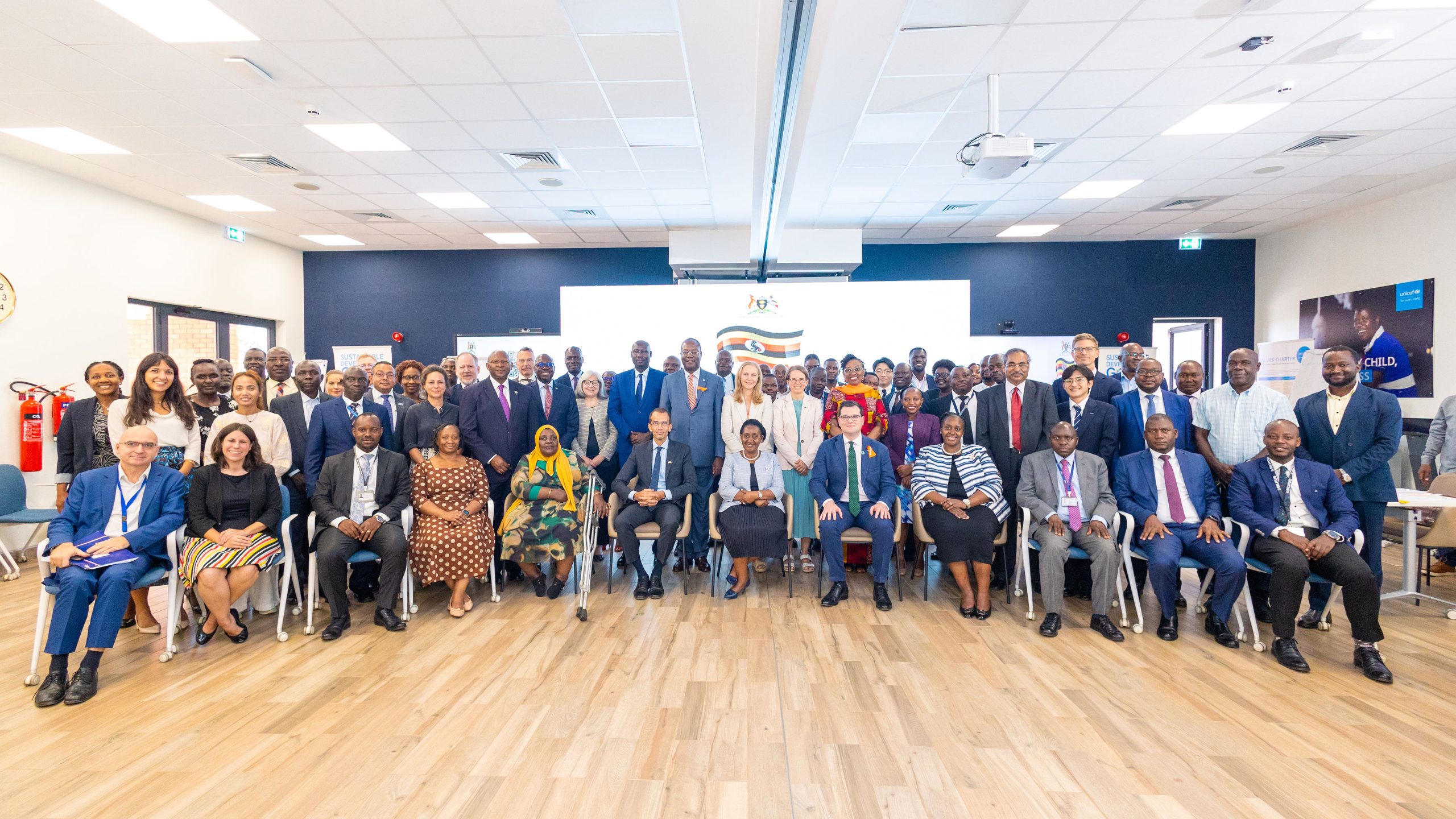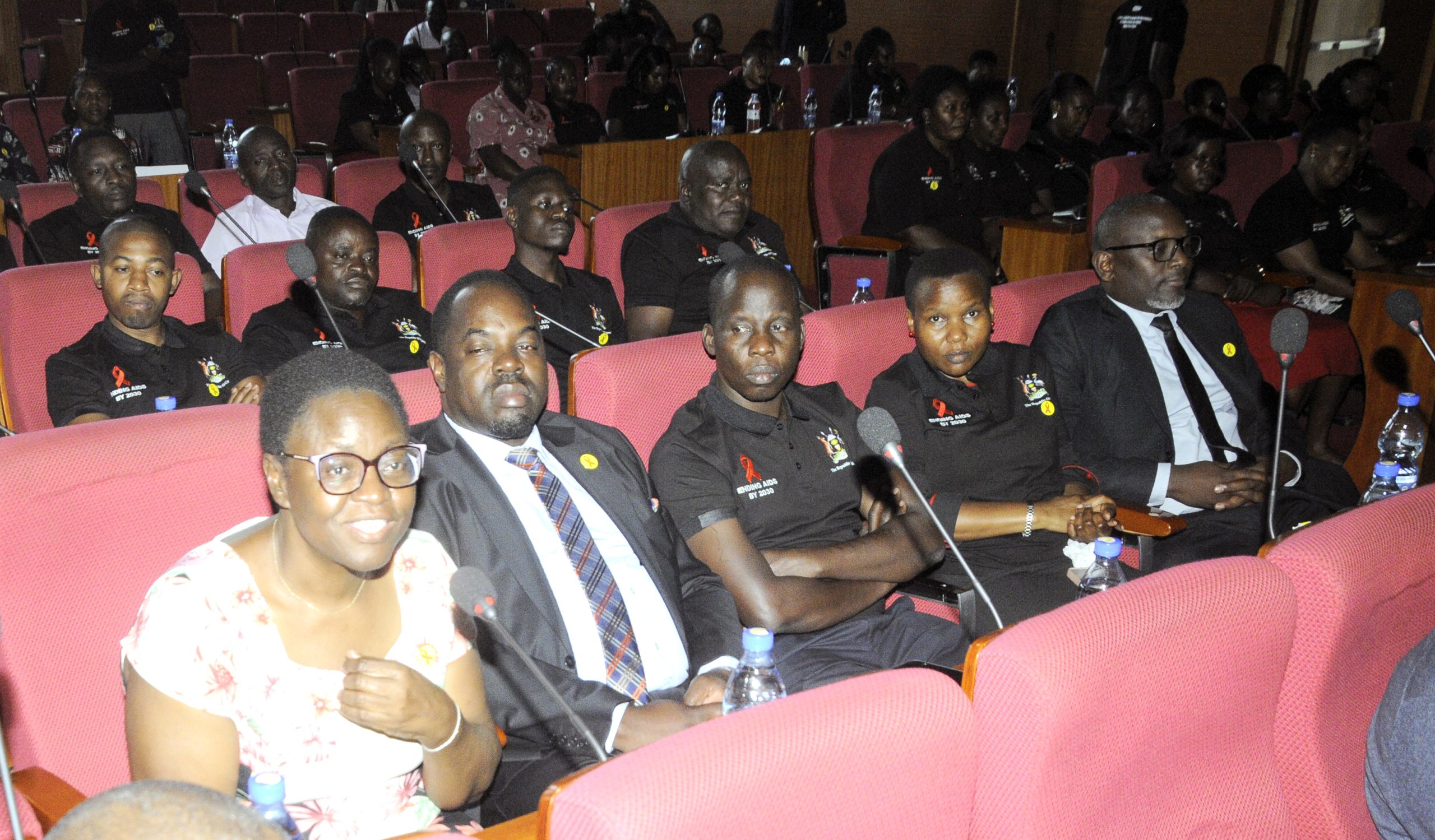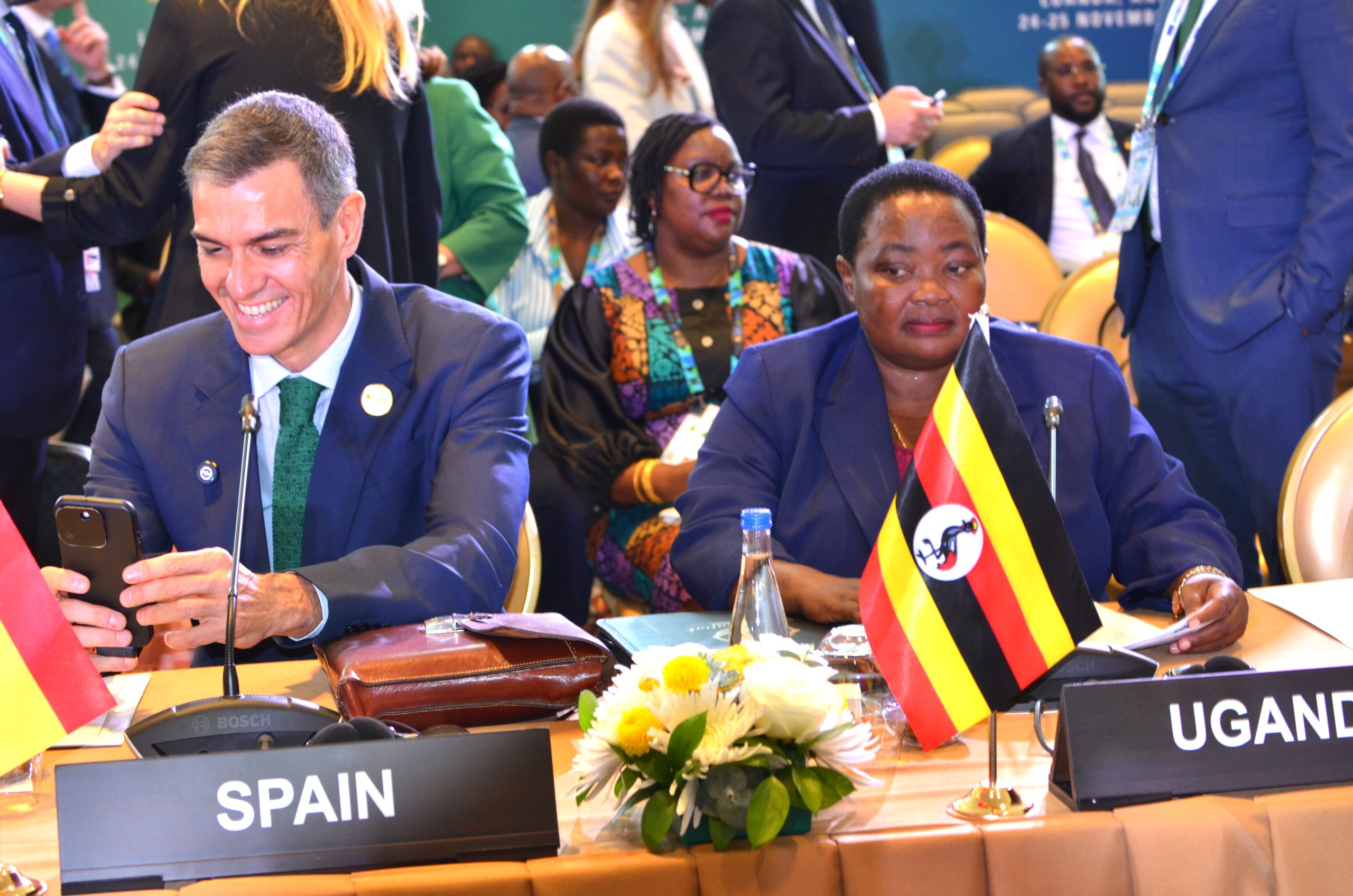By: Ismael Kasooha
Kampala
Prime Minister Robinah Nabbanja has called for continued vigilance and observance of Standard operating procedures on Ebola as the last patients are discharged from hospitals.
Nabbanja was meeting the Bational Taskforce for a brief on how the country has handled the Ebola outbreak in the country.
“I want to thank the Ministry of Health for their swift and timely action in managing the outbreak and containing it. That shows how Uganda as a country has built capacity in responding to disease outbreaks,” said Nabbanja.
Uganda, on the 18th of February 2025 discharged eight patients who had been receiving treatment for Sudan virus disease – which belongs to the same family as Ebola virus disease – after two negative tests carried out 72 hours apart.
The recovered patients were receiving care at treatment centres in the capital Kampala and in Mbale, a town in the east of the country.
According to Dr. Henry Kyobe Bbosa, the Iincident Commander at the Ministry of Health, a total of 216 contacts are currently being monitored in quarantine centres at various facilities in the country.
Since declaring an outbreak of Ebola disease on 30 January 2025, the Government of Uganda, with strong leadership from the Ministry of Health, supported by World Health Organization (WHO) and other partners, has mounted a comprehensive response to halt the spread of the virus.
“This includes strengthening early detection, clinical care, infection prevention and control as well as community engagement,” said Kyobe.
In support of the ongoing government-led response, and in addition to surge workforce deployed by the Ministry of Health, World Health Organisation (WHO) has supported the deployment of 47 health emergency experts, delivered 7 tonnes of emergency medical supplies, supported the deployment of the National Emergency Medical Team, and the setup of treatment centres, including an 84-bed isolation unit in Mulago NationalReferral Hospital.
WHO experts have also provided training and technical expertise in disease surveillance, contact tracing, case management, testing and diagnostics.
In addition, the Ministry of Health, with support from experts in WHO launched a ground-breaking vaccination trial soon after the outbreak was declared as well as advancement of research on therapeutics for Sudan virus disease.
“The discharging of the patients today not only marks an important milestone in our collective efforts to control the outbreak, but it also brings huge relief to their families and communities,” said Dr Kasonde Mwinga, WHO Representative in Uganda in a statement.
“While we welcome this positive step, we remain steadfastly on course, working with our partners to support the government to halt this virus and end the outbreak.”
The discharged patients, their families and communities will continue to receive psychosocial support from experts within the Ministry of Health working alongside WHO and other partner organisations to ensure a seamless reintegration process. They will also undergo regular clinical reviews in survivors’ clinics.
Sudan virus disease is a severe, often fatal illness affecting humans and other primates that is due to Orthoebolavirus Sudanese (Sudan virus), a viral species belonging to the same genus of the virus causing Ebola virus disease. Case fatality rates of Sudan virus disease have varied from 41% to 100% in past outbreaks.
There are no approved treatments or vaccines for Sudan virus. Early initiation of supportive treatment has been shown to significantly reduce deaths from Sudan virus disease. The current mortality rate for the outbreak in Uganda is 11.1%, with the only fatal case being the index patient.
In a related development, the Government has vaccinated at least 9,031 people in Kawempe and Makindye divisions especially commercial female sex workers against Mpox.
“Since the beginning of the Mpox outbreak in late July 2024, the outbreak transitioned from the initial Phase (July – August 2024) characterized by sporadic cases in Kasese, Mayuge, Amuru and later in Nakasongola. This period registered a few cases as intensified surveillance and targeted risk communication activities took place,” said Kyobe.
“On the 20th February 2025 after discharge of the 8 confirmed cases, we started a 42-Day follow up with several mop up activities in the high-risk local governments,” noted Dr. Kyobe.
Commercial sex workers
“It is the commercial female sex workers’ activities that subsequently led to seeding of the outbreak in parts of Kampala Metropolitan Areas, specifically parts of Kawempe and Lubaga Divisions. The Nakasongola micro-outbreak marked an acceleration phase (September – November 2024) that was characterized by sustained transmission among fishing communities in Lwampanga Sub County and Town Council,” said Dr. Kyobe.
It is in Lwampanga areas where the initial super-spreading scenario started, associated with transactional sexual activities. According to information from the ministry of health, there have been cumulative cases 3,310 cumulative deaths 23, cumulative discharges 2,369, affected districts are 82 and 8 affected cities.
Areas where vaccination has taken place include Kawempe Division in the villages of Kawempe I, Kawempe II, Bwaise II, Bwaise III and Basement. In Makindye Division villages of Kabalagala, Wabigalo, Nsambya central, Kibuye II and Makindye I.
The main transmission areas in Kampala are Kawala, Bwaise, and Nabweru as well as Kabalagala.
End






